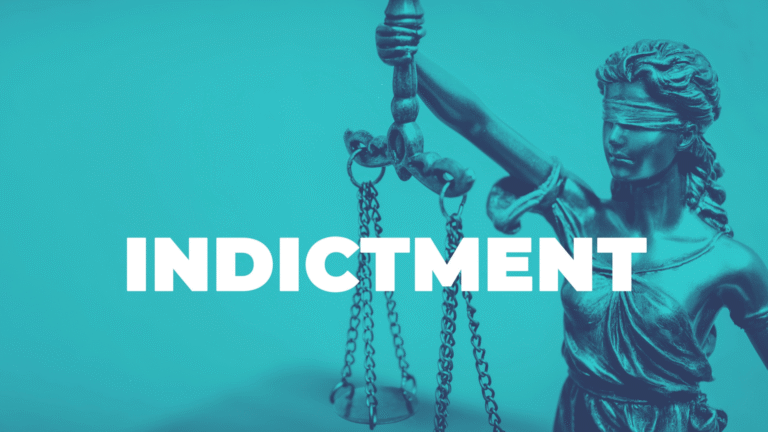Timeline: U.S. Classified Information and Mishandling Cases
The modern system for classifying national security information didn’t emerge all at once—it evolved through a series of executive orders, Cold War pressures, intelligence failures, and high-profile mishandling cases that revealed both the strengths and limits of America’s secrecy infrastructure. From the earliest days of formal categories like “Restricted” to today’s highly structured framework defining Top Secret, Secret, and Confidential information, classification policy has continually adapted to new geopolitical threats and new technological realities.
Yet the rules governing sensitive information have never existed in a vacuum. Over the decades, real-world breaches—from misplaced files to massive unauthorized removals—have tested the system’s resilience and shaped public debate about accountability. As administrations refined declassification timelines, tightened controls, or expanded oversight, a parallel story unfolded in courtrooms and headlines: examples of how individual actions, whether negligent or willful, can jeopardize national security and spark political controversy. This timeline traces both sides of that evolution—the policy architecture that defines how secrecy works, and the cases that reveal why it matters.
TL;DR
- The U.S. classification system was formalized in the mid-20th century to protect national defense and intelligence data.
- Several Executive Orders have shaped the process, with EO 13526 (2009) being the current framework.
- High-profile mishandling cases have spanned from intentional leaks to negligent retention.
- This timeline highlights key legal, policy, and enforcement milestones.
Timeline
- 1938 – Executive Order 8381: First formal use of classification categories (e.g., Restricted).
- 1951 – Executive Order 10290: Introduced Confidential, Secret, and Top Secret levels.
- 1978 – Executive Order 12065: President Carter reforms classification and declassification procedures.
- 1995 – Executive Order 12958: President Clinton streamlines automatic declassification after 25 years.
- 2009 – Executive Order 13526: President Obama defines current standards for classifying, safeguarding, and declassifying national security information.
- 2005 – Sandy Berger: Former National Security Advisor pleads guilty to removing classified documents from the National Archives.
- 2016 – Hillary Clinton investigation: FBI investigates use of a private email server containing classified material; no charges filed.
- 2018 – Reality Winner: Convicted of leaking a classified NSA report; sentenced to over 5 years in prison.
- 2019 – Harold T. Martin III: Sentenced for removing over 50 terabytes of classified data from the NSA.
- 2023 – Donald Trump indictment: Former President Trump is federally indicted for willful retention of national defense information and obstruction, related to classified documents found at Mar-a-Lago after leaving office.
- 2023 – Kendra Kingsbury: Former FBI analyst sentenced to 46 months for unlawful retention of classified documents.
- 2025 – Margaret Anne Ashby: Former federal employee sentenced to 36 months for mishandling classified materials.
FAQ
- Q1: How has classification policy evolved?
A: It has expanded in complexity and control mechanisms, especially post-WWII and after major intelligence reforms. - Q2: Why are so many cases of mishandling unprosecuted?
A: Many hinge on willful intent and scale; administrative penalties are often used for less severe violations. - Q3: Are there efforts to reform classification?
A: Yes. Critics advocate reducing over-classification and improving declassification processes.
Sources
- Congressional Research Service, 2023
- CDSE Guide: Security Classification Guidance
- Wikipedia: Classified information in the United States
- U.S. Department of Justice, 2023







